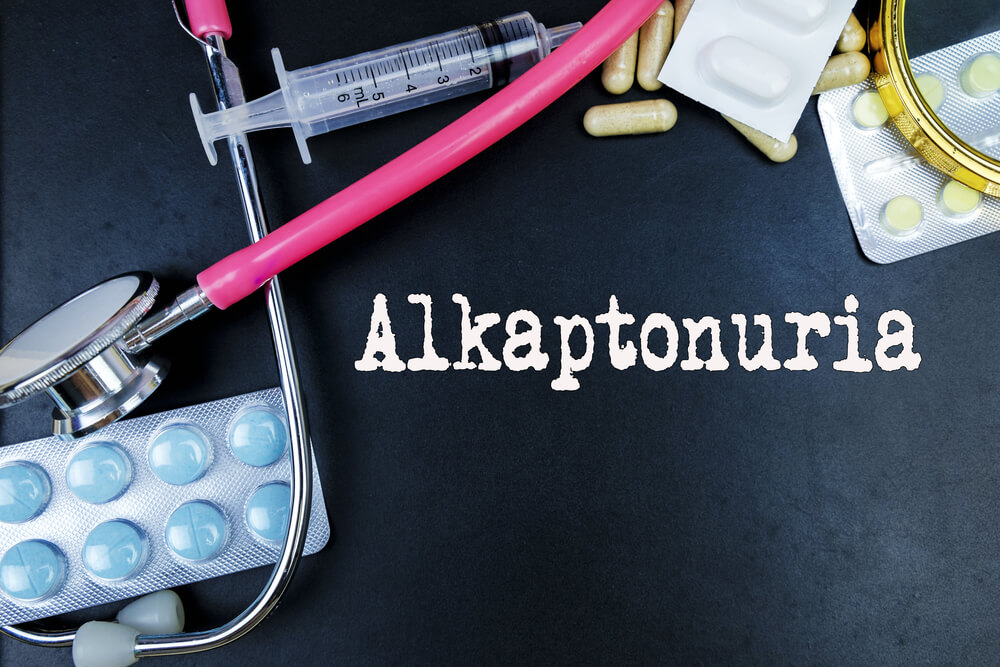Alkaptonuria is a disorder, which is rare and is inherited by generations. It happens when your body can not produce homogentisate dioxygenase (HGD) enzyme enough for the body to breakdown the homogentisic acid, which is toxic to the body.
Homogentisic acid is produced more when your body cannot provide the homogentisic dioxygenase enzyme. This build-up causes bones and cartilages to be brittle and somehow discolored, which leads to osteoarthritis, especially in the spine and large joints. Alkaptonuria patients have urine that turns dark when exposed to air.
What causes Alkaptonuria?
Alkaptonuria is caused by the changes in genes or mutations, especially on the homogentisate 1,2- dioxygenase gene. This is acquired when both of your parents have these genes and are passed into the child.
Alkaptonuria, known to be rare, has an unknown number of cases. But it is estimated to be acquired by people in only one out of every 250,000 to 1 million people. There are places where Alkaptonuria is more commonly found; these places are in some regions of Slovakia, Germany, and the Dominican Republic.


